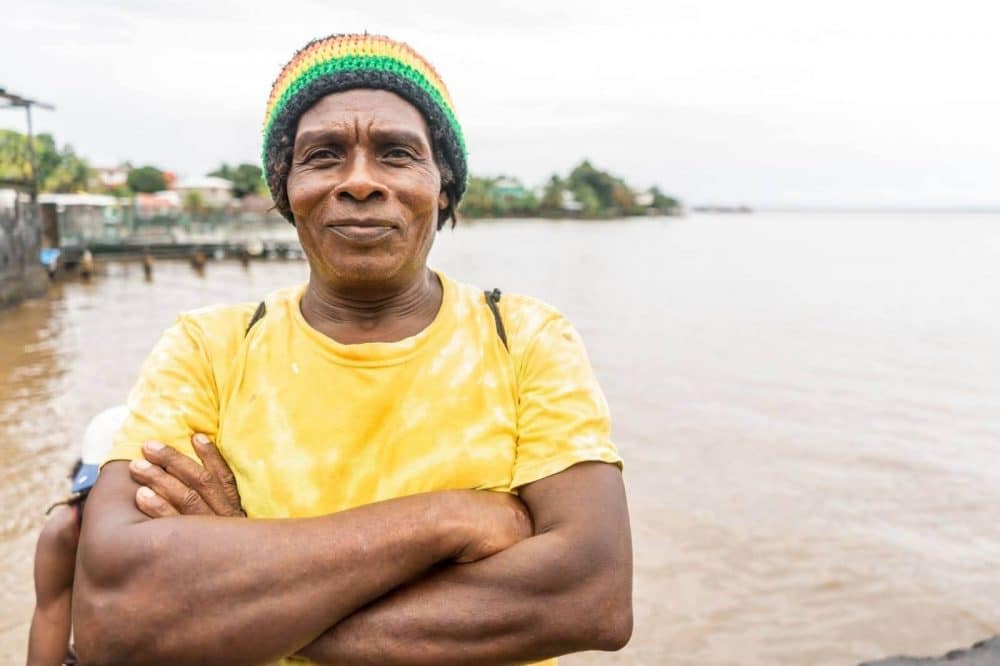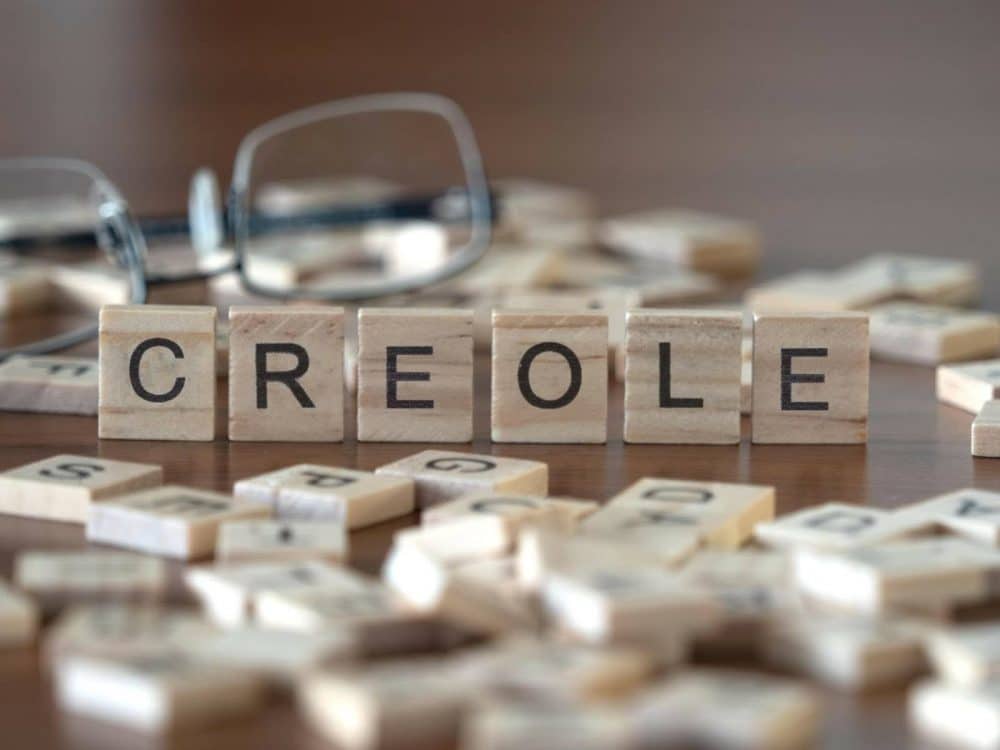All languages evolve and develop, but Creole languages are particularly fascinating due to their mix of linguistic influences and cultural heritage. Researching their development processes is inextricably linked to cultural exchange and human communication crossing boundaries. Unlike pidgins, which are simplified languages used for limited communication, Creoles become the native tongue of a community, fully capable of expressing the needs and identities of their speakers.
What language is Creole, and how it emerged? Let’s take a closer look at this amazing linguistic phenomenon to appreciate its uniqueness and richness.
Key Points
- Creole languages evolve from simplified forms of communication between speakers of different languages (pidgins) and become fully developed native languages over time.
- They have unique grammar and vocabulary, unlike dialects, which are variations of an existing language.
- Creoles combine elements from European, African, Asian, and indigenous languages.
- Most Creole languages are based on French, English, or Portuguese.
- Haitan Creole is the most widely spoken Creole language in the world and one of the official languages in this country.
What Is a Creole Language and Where Does It Come From?
A Creole language emerges when people speak different languages and try to simplify them to facilitate communication. As time goes by, such a system can transform into an actual language with its specific grammar rules and vocabulary.
Creole languages started developing as pidgin languages in colonial European plantation settlements in the 17th and 18th centuries when people from different cultures had to communicate despite not sharing the same language. In most cases, they appeared near the coasts of the Indian Ocean or the Atlantic Ocean, but they also emerged in slave depots in Cape Verde and the Lesser Antilles.
Is Creole a Language or a Dialect?
A dialect is typically specific to a certain region—even if it’s spoken more widely, its origins are associated with a particular area. Although it differs in aspects such as accent, vocabulary, or sentence structure, it is still understandable for speakers of other dialects of the same language.
Creole languages, however, do not fit the description of a dialect. They are not simply variations of a parent language, like French or English. Instead, they are new languages that developed from the blending of different linguistic systems—typically a European language (the “superstrate”) and languages spoken by indigenous populations (the “substrate”).
These languages have such unique grammatical structures and vocabulary that speakers of the parent language often cannot fully understand Creole without learning it as a separate language.

What Is the Difference Between Pidgin and Creole Languages?
A pidgin language is a language with very simple grammar and vocabulary developed by speakers of different languages who need to communicate somehow. Typically, a speaker of the first language chooses particular words and phrases from the second language and tries to incorporate them to communicate with the second language’s speaker.
Despite being quite limited, pidgin languages function well enough to allow for basic communication, and they are most commonly used for practical purposes, including trade.
With time, a pidgin language can develop a more sophisticated grammar and vocabulary and transform into a complete language – then, it becomes a Creole language. Nativization is the clearest sign of a pidgin changing into Creole, meaning that this language becomes native to children.
Linguistic Features of Creole Languages
Creole languages can be distinguished from their parent languages and other languages in the world by certain characteristics, such as:
- Simple Grammar: Compared to standard languages, Creoles typically have less complex grammar structures. They often lack inflection, which refers to the changes in word forms to express tense, number, or case. Instead of conjugating verbs or using suffixes, Creole languages tend to use separate particles or words to indicate grammatical distinctions.
- Pronunciation and Phonology: Creole languages usually have simpler sound systems than their parent languages, which is a result of how they developed from pidgins. They normally have fewer phonemes (distinct units of sound) than their superstrate (dominant) language. For example, compared to French, Haitian Creole has a simpler vowel system, which makes it easier for speakers of different backgrounds to pronounce.
- Vocabulary Mix: A Creole Language is a combination of a more widely spoken European, African, or Asian language and an Indigenous with interestingly mixed vocabulary. Louisiana Creole, for example, incorporates elements from French, African languages, and even Native American languages, reflecting the complex cultural interactions in the region during its development.
- Reduplication: Another typical feature of many Creole languages is reduplication, a process where a word or part of a word is repeated to create a new meaning or to emphasize something. For example, in some Creole languages, reduplication is used to indicate intensity or plurality. In Jamaican Patois, “likkle-likkle” means “very small” or “bit by bit.”
- Creative Expressions: Creole language can be very creative in its adaptability, and its speakers tend to use many metaphors, proverbs, and idiomatic expressions associated with their unique culture.
- Predictable Structure: The word order in Creole languages is very intuitive, and sentences have a relatively fixed structure, which makes these languages easier to learn and use.
Creole Language – Examples
Here are some examples of Creole languages developed from various European languages:
French-Based Creole Languages
Haitian Creole
Haitian Creole has 10-12 million speakers, making it the most widely spoken Creole language in the world. It is one of the two official languages in Haiti (the other being French), and the native language of the vast majority of this country’s population.
Examples:
- Koman ou rele? – What’s your name?
- Sa fè lontan! – Long time no see!
- Ki kote ou sòti? – Where are you from?
Louisiana Creole
Louisiana Creole is spoken primarily in Louisiana, United States. It’s a fascinating blend of French, African languages, Spanish, and English that reflects the region’s diverse history. Interestingly, it has several dialects, each with its own nuances. However, the number of Louisiana Creole speakers is quickly reducing, and it is now considered an endangered language.
Examples:
- Koman sa va? – How are you?
- Mo fet konmprann. – I can understand.
- Mo manje. – I’m hungry.
Mauritian Creole
Mauritian Creole is the lingua franca of the Republic of Mauritius, and most Mauritians use it at home while speaking French at their workplaces. While its primary vocabulary comes from French, Mauritian Creole also uses elements from African, Malagasy, Indian, and English languages, reflecting the island’s diverse history and multicultural society.
Examples:
- Mo kontan monne zwin u. – Pleased to meet you.
- Mo pa kompran – I don’t understand.
- Aide moi! – Help!
English-Based Creole Languages
Jamaican Creole (Jamaican Patois/Patwah)
Jamaican Creole, also known as Jamaican Patois or Patwah, is based on English and Akan (native to the Akan people of Ghana), with some West African linguistic influences.
Even though it uses a lot of English words and derivates, its pronunciation and actual vocabulary is significantly different. Jamaican Patois is often used in music, especially reggae and dancehall.
Examples:
- Wah gwaan? – What’s up?
- Nuff respect! – Thank you!
- Inna di morrows! – See you tomorrow!

Tok Pisin
Tok Pisin emerged as a result of interactions between English-speaking colonizers, missionaries, and local populations, mixing English with elements from Austronesian and Papuan languages. It is one of the most widely spoken Creole languages in the Pacific, particularly in Papua New Guinea, where it serves as one of the country’s official languages.
Examples:
- Yu whosait? – Who are you?
- Lait malolo liklik – I need rest.
- Inap yu kam wantaim mi? – Can you come with me?
Guyanese Creole
This Creole language, spoken by the people of Guyana, is based on 19th-century English with influences from West African, Indian-South Asian, Arawakan, and older Dutch languages. It has various dialects, highly dependent on the location and the speaker’s background.
Examples:
- ‘Mi tel am. – I told him.
- Me nah know. – I don’t know.
- A wah yuh seh? – What did you say?
Portuguese-Based Creole Languages
Cape Verdean Creole (Kriolu/Kabuverdianu)
Cape Verdean Creole, also called Kriolu or Kabuverdianu, is primarily based on Portuguese but incorporates elements from West African languages brought by enslaved people. It is spoken by basically all Cape Verdeans and is particularly important for linguists as it is the oldest living Creole language.
Examples:
- Boa sorti! – Good luck!
- Torna fla, pur favor. – Please say that again.
- Bo noiti. – Good evening.
Papiamento
Papiamento is a Creole language spoken primarily in the Caribbean on the islands of Aruba, Bonaire, and Curaçao, collectively known as the ABC islands. It is a vibrant, dynamic language that reflects the region’s diverse cultural and linguistic history, blending elements from Portuguese, Spanish, Dutch, and African languages, and indigenous Arawakan languages from South America.
Examples:
- Na bo ordo. – You’re welcome.
- Masha danki. – Thank you very much.
- Masha pabien! – Happy birthday!
The Final Note
Creole languages are proof of linguistic adaptability and diversity, showing that the need for human communication is stronger than language barriers. Born out of historical events like colonization, the slave trade, and migration, they combine elements from European, African, indigenous, and other languages and create entirely new systems of communication.

